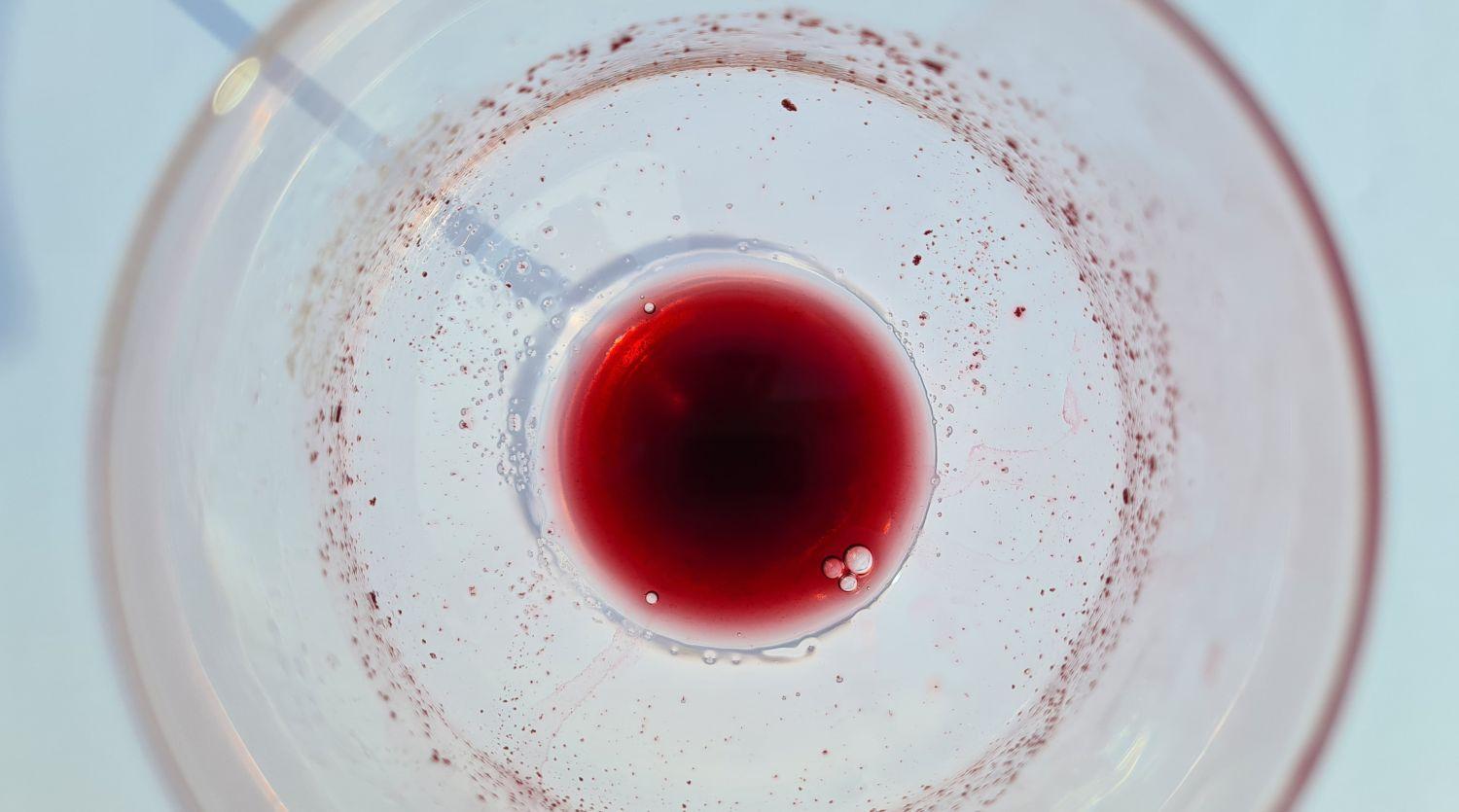
What are the tannins of wine?

Origin, profile and impact: let's explore tannins.
The tannins of wine are natural chemical substances belonging to the polyphenol family and are primarily extracted from the skin, seeds and stems during the maceration and fermentation phases. Tannins contribute to the sensation of astringency and roughness, particularly noticeable in red wines.
How to identify tannins? In the tasting evaluation of wine, a distinction must be made among taste, tactile and aromatic sensations.
Taste sensations involve taste buds and include sweetness, saltiness, acidity and bitterness and are easy to recognize for their immediacy. Tactile sensations, perceived by the oral mucosa, relate to touch more than taste and include prickliness (bubbles), pseudowarmth (alcohol), softness (polyols) and astringency (tannins). Aromatic sensations emerge after tasting the wine, in the retro-olfactory phase.
Tannin is described as a tactile sensation and causes astringency, roughness and drying of the mouth. Recognizing tannin in wine is done by focusing on the rough sensation on the palate and gums. The more tannin there is in the wine, the more pronounced this sensation will be.
This information is particularly useful during blind tastings, when the wine colour is not visible and identification is uncertain. These occasions provide interesting opportunities for comparison and discovery, often removing biases about the label and allowing for the assessment of wine in its most empirical expression. A careful evaluation of the tannic structure of the sip can provide valuable insights into the possible grape variety, the stage of wine evolution and its future prospects.
DO TANNINS CAUSE HARM?
Tannins, naturally present in various fruits and vegetables, but also in tea, coffee or cocoa, exhibit a significant astringent power. These polyphenols break down saliva, creating that distinctive "drying" sensation on the palate. Moderate consumption of tannins shows no contraindications for the human body. Excessive intake could interfere with the absorption of vitamins and minerals, potentially causing mucosal irritation, but it would require truly massive consumption. Therefore, it is sufficient to pay attention to excess to avoid any discomfort. And truth be told, with wine negative effects are more likely to result from the amount of alcohol consumed rather than tannins.
WHITE WINE TANNINS
Tannins, more abundant in the skin, seeds and stems, play a significant role in the winemaking process. Tannins in white wine are extracted in minimal quantities because stems and skins are immediately separated from the must during the winemaking process before fermentation begins. As a result, tannin on the palate is barely perceptible or even absent, depending on the contact time of the must with the skins.
Macerated white wines represent an intriguing exception: in this case maceration is prolonged for a variable period from a few days to several months. During this phase, alcohol developed during fermentation acts as a solvent for tannins, anthocyanins and other polyphenols present in the solid part of the grape. This process gives the white wine more intense and golden colours, a slightly tannic and astringent taste and a longer taste-olfactory persistence compared to traditional white wines.
RED WINE TANNINS
The tannins of red wine clearly emerge from the first sip, offering remarkable gustatory complexity. Tannin evaluation can occour through various parameters, including strength, texture and maturity.
The strength of the tannin refers to its astringent power: the greater the astringency, the more the tannin is described as "sharp." Conversely, a wine with more delicate tannins can be appreciated as "soft." The texture of the tannins manifests through the sensation of roundness and fullness perceived on the palate. This texture can range from light characteristics to a denser and more enveloping consistency. Tannin maturity is the result of the evolution and polymerization of molecules over time. In young wines, molecules are smaller and cause a more evident feeling of astringency. As the wine evolves, the molecules polymerize, forming longer chains with a greater molecular weight, causing them to settle at the bottom (first in the barrel, then in the bottle - that's where some of the wine sediment comes from). This transformation of tannin contributes to a more enveloping and rounded sensation on the palate.
BENEFITS OF TANNINS
Tannins are of great importance not only in wine, but also in nature: they are synthesized by plants and used as a defense due to their preservative properties and unappetizing nature to animals.
Tannin, when consumed by humans, has antibacterial, astringent properties, acts as a mild anti-inflammatory and antidiarrheal, fights free radicals responsible for cellular aging and has a mild vasoconstrictive action. Tannins are found not only in grapes, but also in dried fruit, chocolate, coffee, legumes and various fruits and vegetables.
Another advantage is undoubtedly the pleasantness of elegant and fine tannins in important red wines. Tasting a wine with a few years of aging, characterized by a wrapping and silky tannin, especially when paired with a delicious dish, can provide exciting experiences, especially when shared with loved ones.
